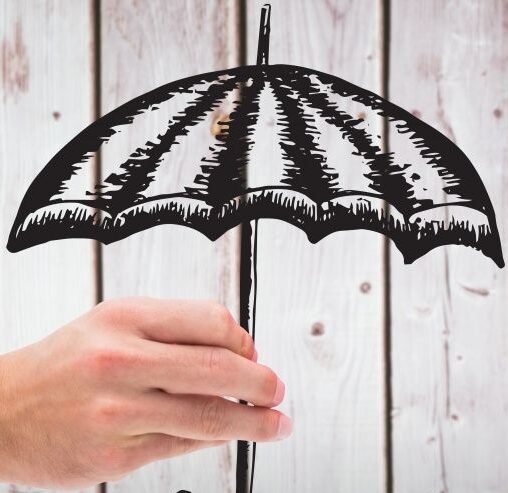Did you know that in over 50% of car accidents, both drivers share some fault? This fact shows how complex liability can be in a simple crash. As a UK driver, knowing about shared fault is key to handling car accident claims and protecting your rights.
Key Takeaways
- Shared fault is a common occurrence in car accidents, with both drivers often bearing some responsibility.
- Contributory negligence and comparative fault are the legal concepts that determine how liability is apportioned in these cases.
- Your actions as a driver can impact the amount of compensation you receive, even if the other party was also at fault.
- Navigating shared fault situations requires a nuanced understanding of the law and your rights as an accident victim.
- Seeking the advice of a qualified solicitor can help you protect your interests and ensure a fair outcome.
Navigating Joint Responsibility in Auto Accidents
Auto accidents often involve “shared fault” which affects your claim for compensation. Laws like contributory negligence and comparative fault are important. Knowing how they work can help protect your rights.
Contributory Negligence and Your Rights
The idea behind contributory negligence is that if you were partly to blame for the accident, you might get less or no compensation. This could be if you ignored traffic signs or drove badly. It’s key to understand this to get the right compensation.
Comparative Fault: A Closer Look
Comparative fault looks at how much each person is to blame. In cases with more than two people involved, it helps share the blame fairly. This means everyone’s fault is judged based on their actions.
It’s vital to grasp the details of contributory negligence and comparative fault when dealing with auto accidents. These concepts, along with multi-party accident, dual responsibility, partial fault, split liability, and proportional blame, affect your claim. By understanding them, you can make sure you’re treated fairly, even with complex cases.
Shared Fault: When Both Drivers Are Liable
Understanding shared fault is key when it comes to car accidents. This happens when both drivers play a part in the accident, through their actions or lack of action. It’s important to know how this works to protect your rights and get the right compensation.
Liability in these cases depends on contributory and comparative fault. Contributory negligence looks at your actions before the accident. Comparative fault looks at how much each driver’s actions affected the outcome. Knowing these can help you see your role in the accident and how it might affect your claim.
Even with shared fault, you might still be able to claim compensation. The law looks at all the factors that led to the accident. With legal help, you can make sure your rights are looked after. This is true even if both drivers were partly to blame.
FAQ
What is shared fault in a car accident?
Shared fault means both drivers in a car accident are partly to blame. This happens when both actions or lack of action lead to the crash. They share the responsibility for the damages caused.
How is liability determined in a shared fault scenario?
Liability is decided by looking at contributory or comparative fault. Contributory negligence looks at how much each driver’s actions added to the accident. Comparative fault gives a percentage of blame to each party based on their role.
What is contributory negligence, and how does it affect my claim?
Contributory negligence lowers the compensation you can get if you partly caused the accident. If you’re found partly to blame, your damages will be cut by the amount you’re to blame. This can reduce your claim amount.
What is comparative fault, and how does it differ from contributory negligence?
Comparative fault splits liability among all parties in an accident by percentages. Unlike contributory negligence, which might stop you from claiming damages if you’re slightly at fault, comparative fault lets you claim damages based on your blame percentage.
How can I determine my level of fault in a shared fault accident?
Figuring out your fault in a shared fault accident is tricky. A skilled personal injury solicitor can help. They look at the evidence and other factors to see who is most to blame. This ensures you get the right compensation.
What should I do if I’m involved in a shared fault car accident?
If you’re in a shared fault car accident, get legal advice from a personal injury solicitor. They’ll guide you, explain your rights, and make sure blame is fairly shared. This helps you claim the damages you deserve.

